How To Train More In The New Year With Your Resolution
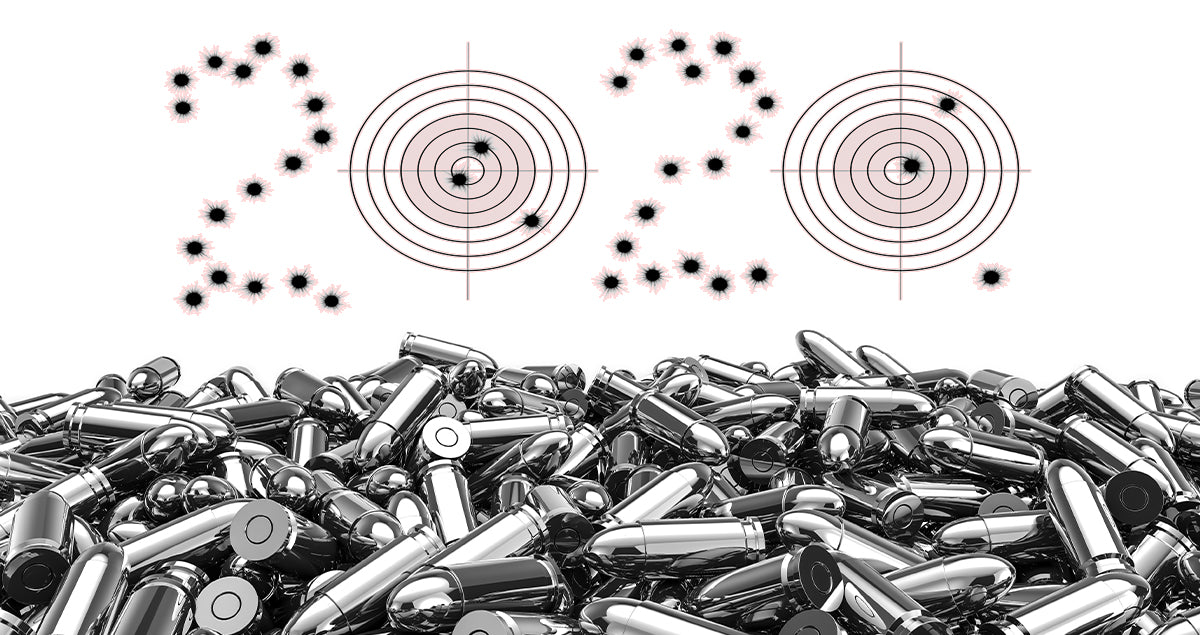
We are quickly approaching not just a New Year, but also a new decade. 2020 is upon us, and there is almost no better time to make a new goal to train more often than there is right now. Everyone makes what they call resolutions, and while that term is one that gets abused a lot, there is importance to making sure you’re training more often so you’re better prepared if you ever need to defend yourself with your gun.
What does that look like? What does a firearm training New Year’s Resolution look like? Let’s take a look at one plan to make sure you’re better prepared for a self-defense incident.
Dry Fire Practice:
We’ve already discussed dry fire practice and what it is in this article. So, if you’re unfamiliar with the term and how to do it, give that article a read first. It is recommended that you dry fire practice at least a few times each week for at least 10 minutes each session. What this does is keep your chosen EDC gun (everyday carry gun) in your hands, manipulating the trigger, racking the slide, etc., so you can keep your handling proficiency up as well as practice your trigger press.
Resolve to practice pressing your trigger a few times each week during dry fire practice. During this time you’ll want to practice fundamentals, like utilizing a proper grip, to increase your proficiency.
Practice Drawing:
The drawing of the firearm is one of the most important aspects of self-defense that, for some reason, people rarely practice. A lot of the time when people think about practicing with their self-defense gun, an image of shooting at the gun range comes to mind. However, as with dry fire practice, there is much more that goes into it than that.
If you’ve never drawn your gun from your holster, you may be in for a rude awakening. It’s not as easy as it looks, and is something that needs to be practiced in order to be done properly. One of the reasons why it’s so important, is because getting the gun in your hand with a bad grip can cause you accuracy issues, as well as problems after getting your first shot off.
If you need to draw your gun in a hurry and were somehow able to get your shirt out of the way, your hand on your gun, and get the gun on the target, but your hand isn’t sitting up high enough on the gun or has a chicken wing of a grip, you may unintentionally cause a malfunction on subsequent shots. Then what happens? Then you need to take the time to clear the malfunction before you can continue defending your life.
However, when you practice your draw before you ever even need to defend yourself you’ll be much better off. This is true even if you are only able to do it a few days each week in the comfort of your own home with an empty gun (like dry fire practice). If you do it enough you’ll be much more prepared to defend yourself if that time ever comes.
If you have never practiced drawing your gun before, we’ve got you covered.
At first, you may need to practice what are called micro drills just so you can eventually get through all the steps. A micro drill is one that just focuses on one aspect of a much bigger equation. In other words, a micro drill is nothing more than practicing smaller, specific steps of something until each one is mastered, giving you the ability to combine them all.
So, the first step after noticing a perceived threat is to pull your shirt up high out of the way, and establish the grip on your gun with your shooting/strong hand. At first you’ll need to do this slowly, with much repetition. Then, once you’ve gotten speed and a proper grip down pat, you move on to the next step in that drill, which is pulling the gun out of the holster and bringing it up to your chest as your support hand joins in on the grip. Finally, pushing the gun out to target and pressing the trigger (with a dry gun) is the last step in this particular micro drill.
We’ll cover proper drawing techniques in a future article.
Go To The Range More
This is what many consider to be the fun part, but chances are good that you’re not training right during your live fire training if you’re doing what most consider to be “training” while at the range. While going to the range and shooting accurately at the target is important, it’s not the only aspect of training that you need to be doing.
The only problem is that some gun ranges are strict on what they allow the shooters to do while on premises. If you can, find a gun range that allows you to practice proper self-defense, instead of just target shooting, because it’s important.
This means drawing from the holster and shooting your target, shooting and moving, shooting from behind objects, shooting from unconventional positions, and tons of other skills that you should be honing while at the range.
If you cannot do any of the above types of shooting at your range, and there are no ranges in your area that allow you to effectively train, the micro drills once again come in handy. For example, your range may prohibit you from drawing from the holster and shooting. What you can do instead, is a micro drill that consists of coming out of the ready position (at your chest, and as if you were drawing and made it to this step in the draw stroke), presenting to target, and shooting.
Doing this will at least allow you to practice coming from the ready position to your target, and is better than nothing. Once you’re comfortable with one shot on target, add more shots to the mix, like two the the chest one to the head.
Set your New Year’s Resolution to go to the range more often. If you’re currently going once per month, try to make it two, or at least increasing it by 50% over the course of the next year, if you can’t increase it by that much.
Conclusion
There is nothing wrong with setting a New Year’s gun training Resolution. In fact, if it helps you succeed and survive during a self-defense scenario, it’s time well spent. Figure out what you need to do to get better at shooting, and do it. There’s no time like the present.

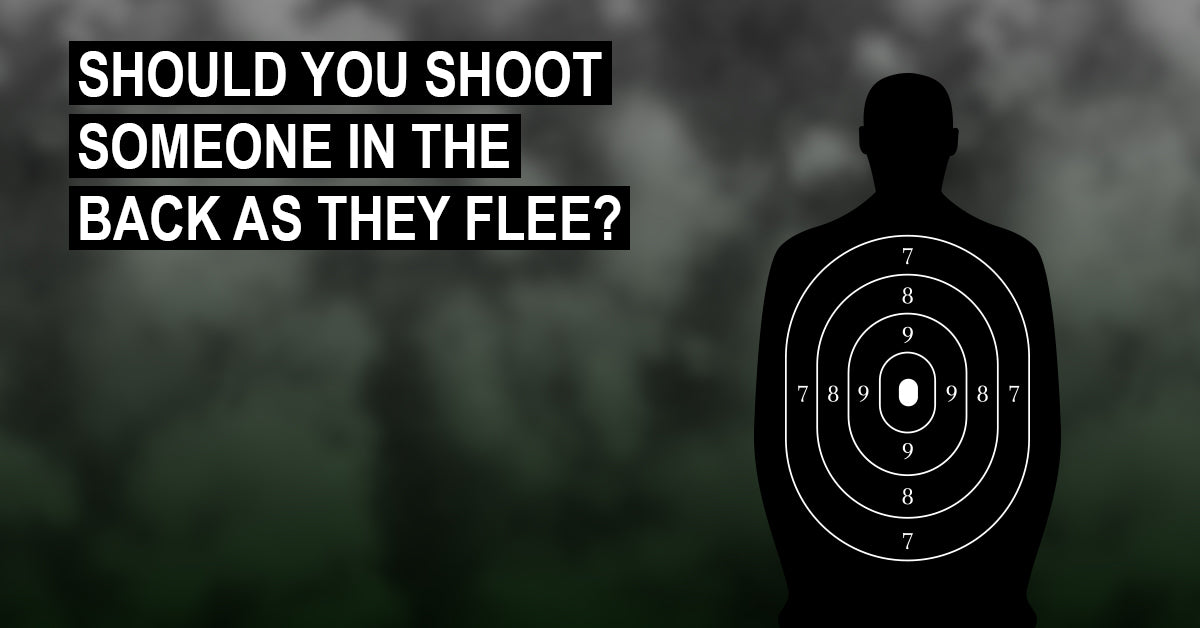
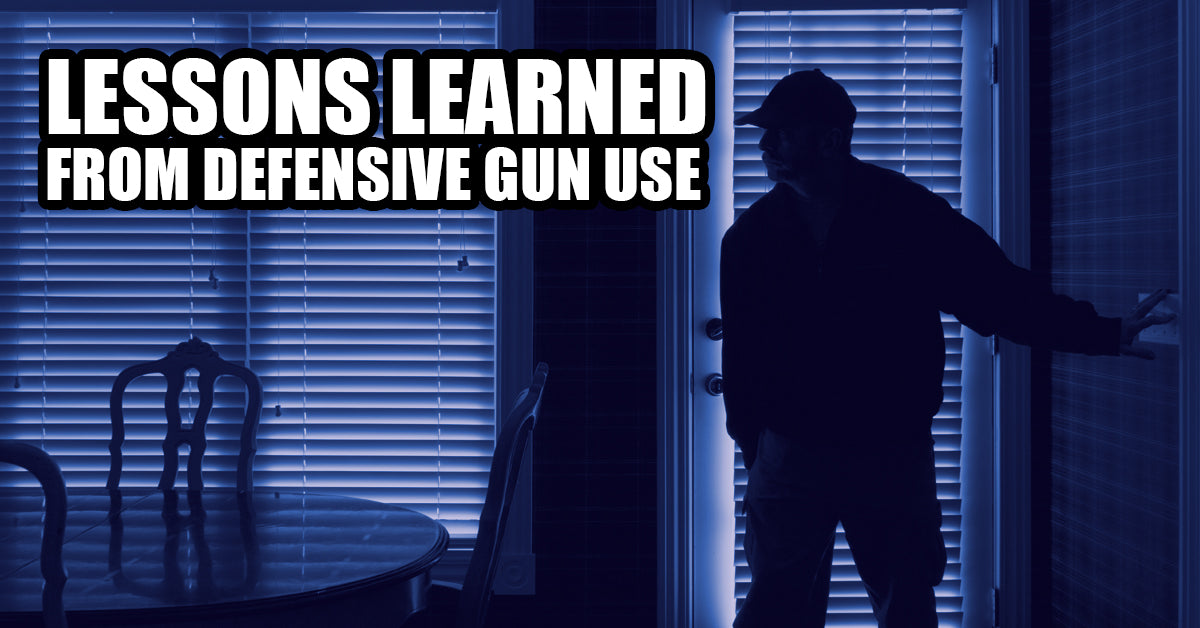

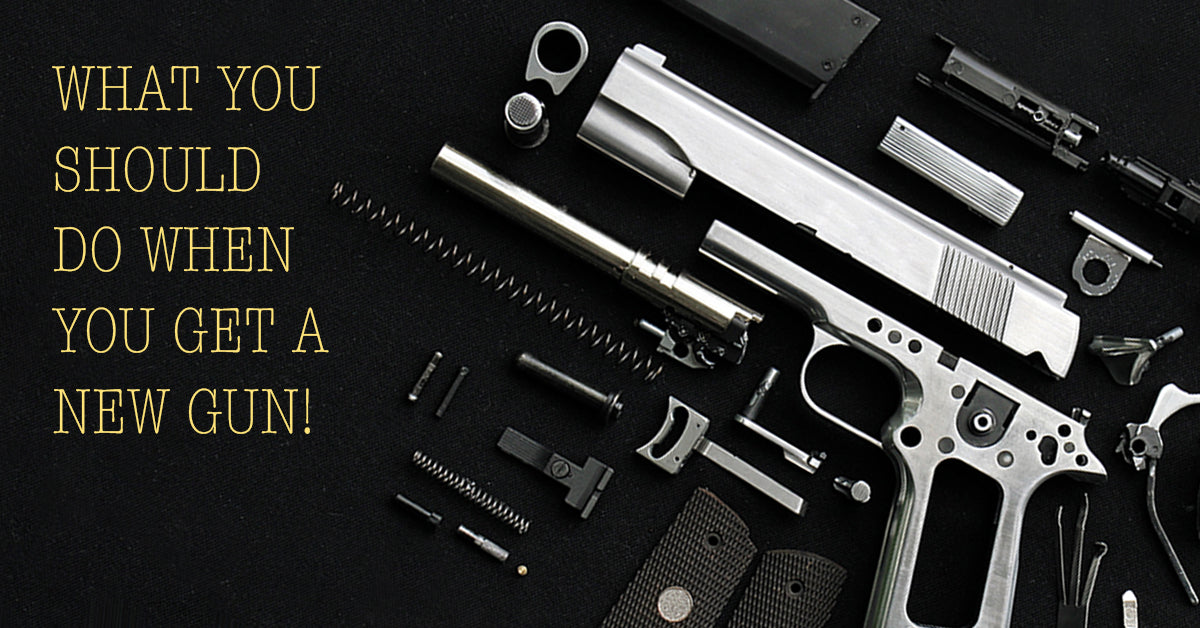
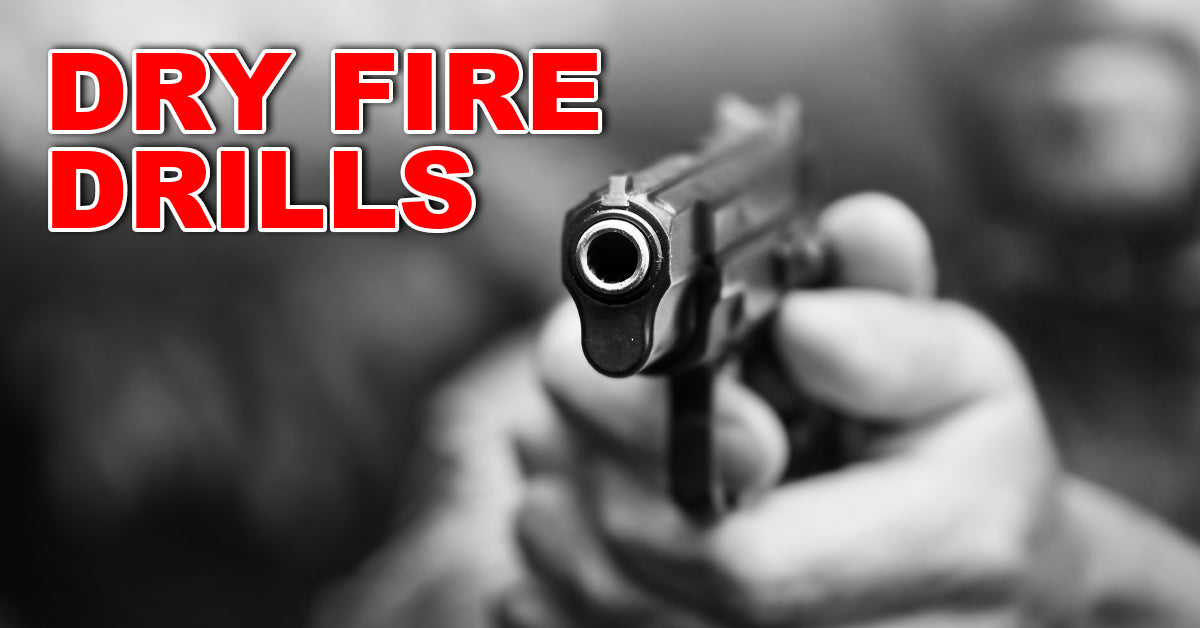

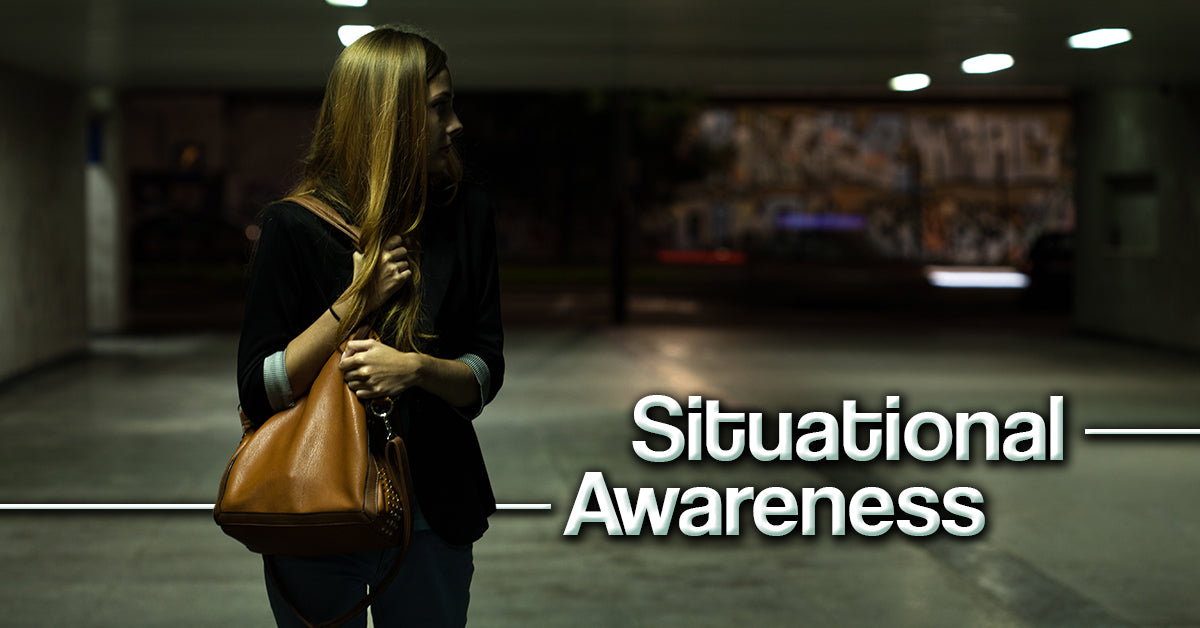
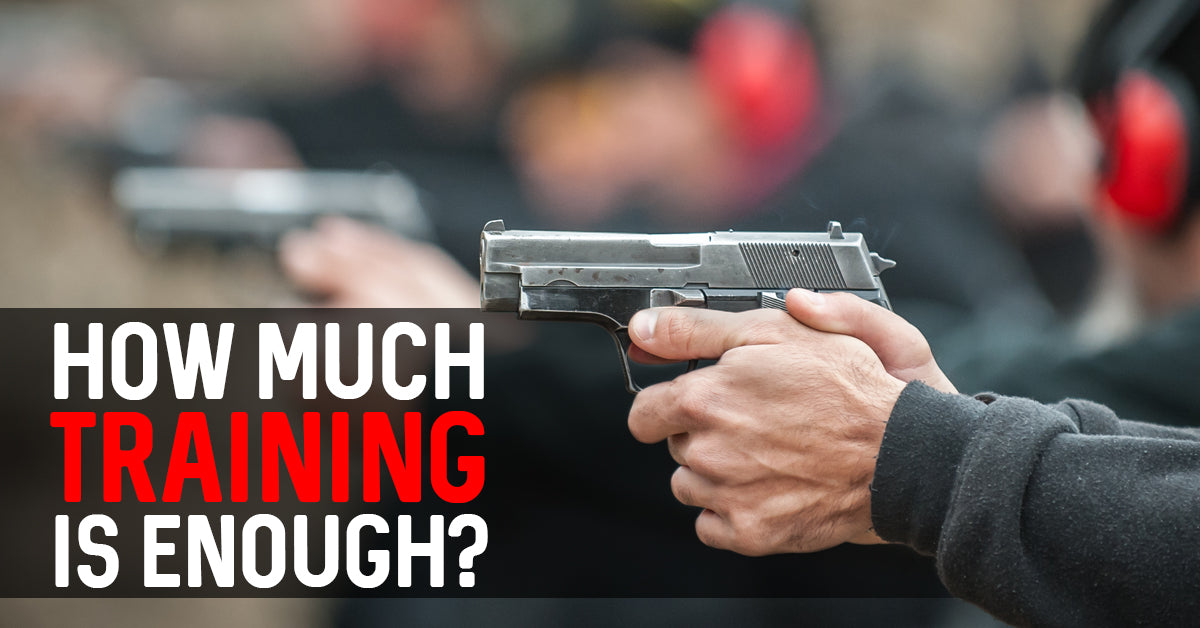

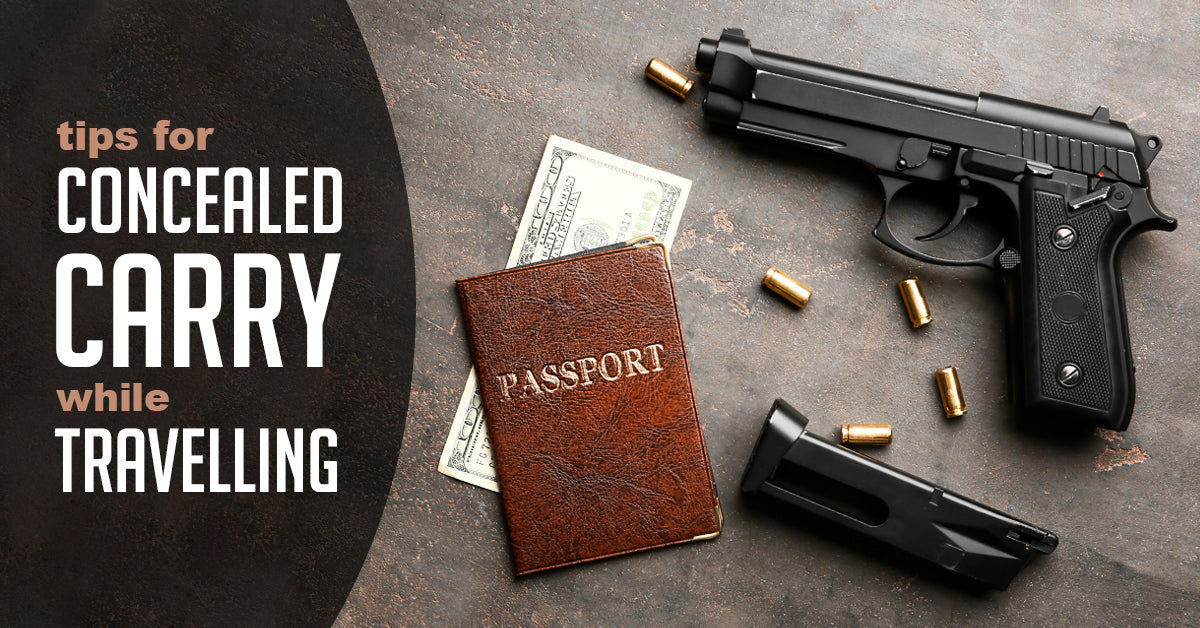
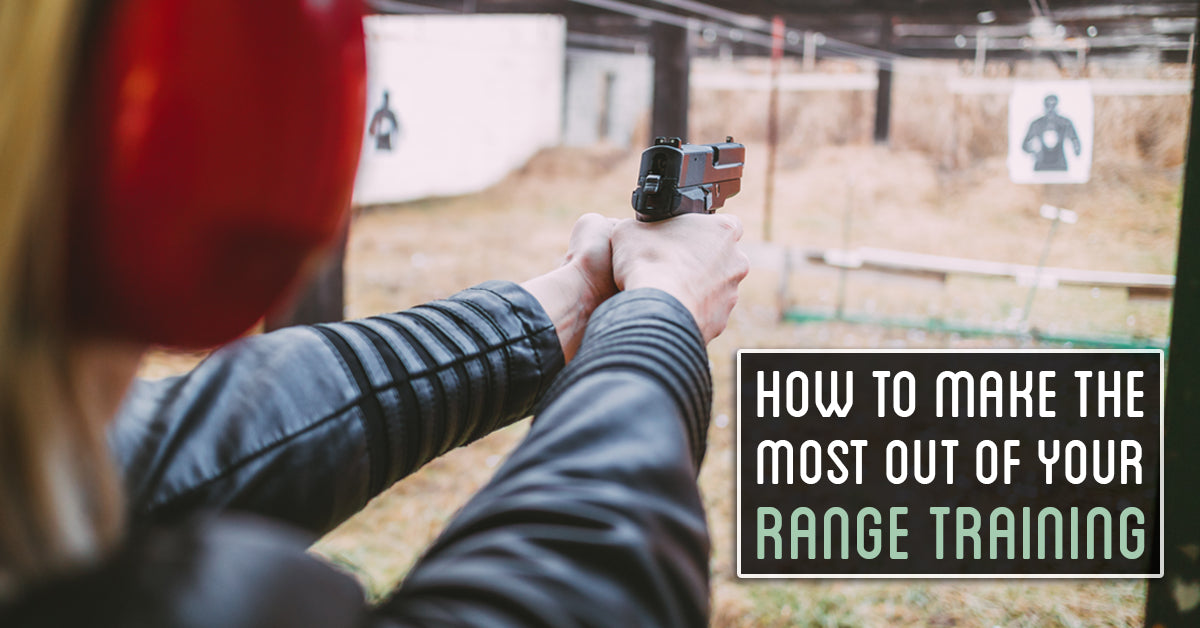
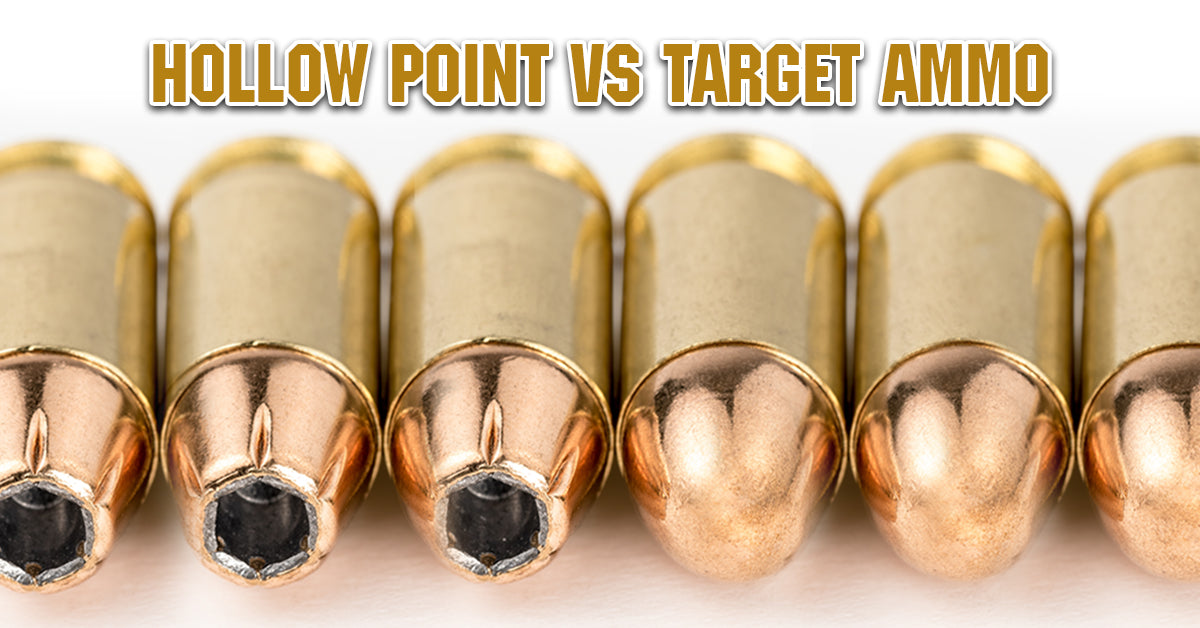
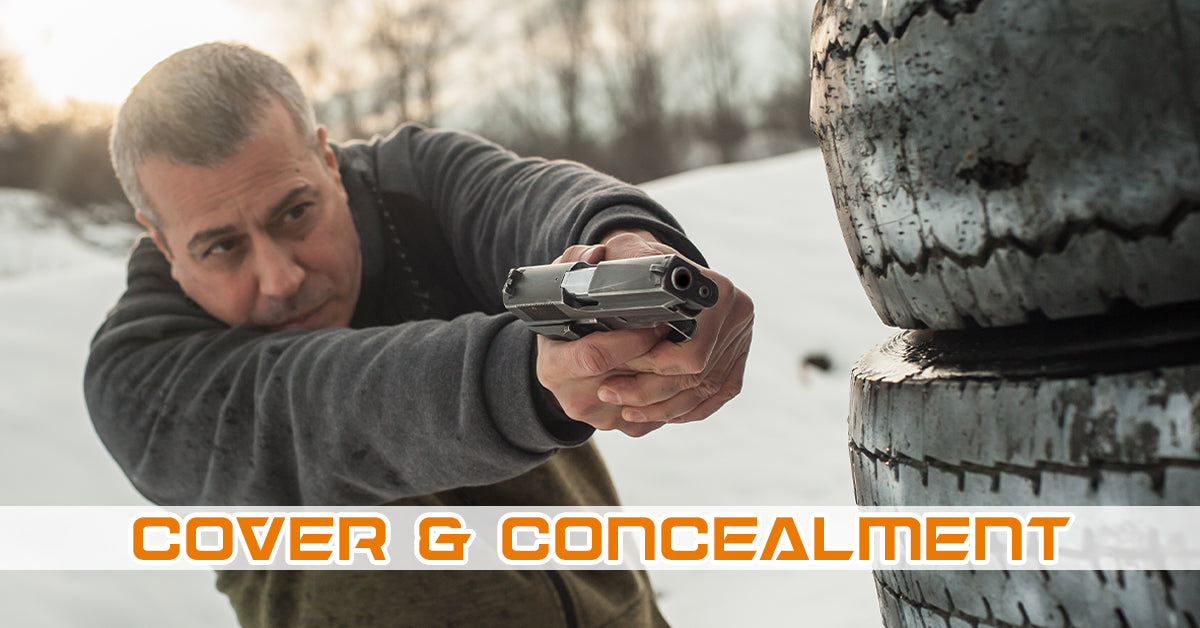

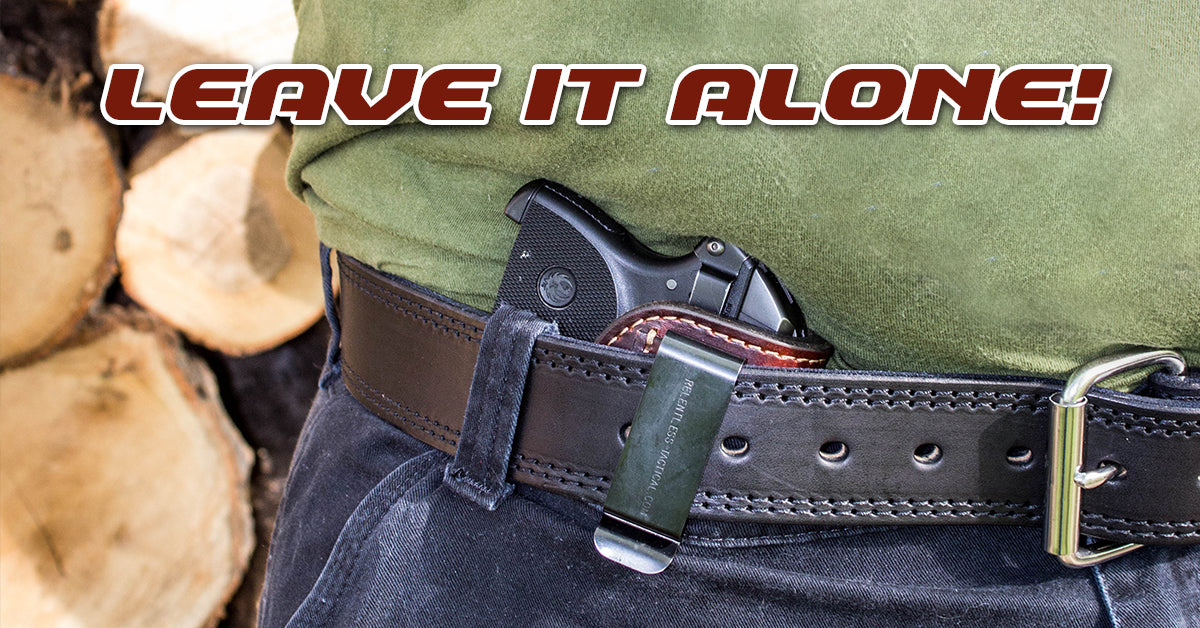
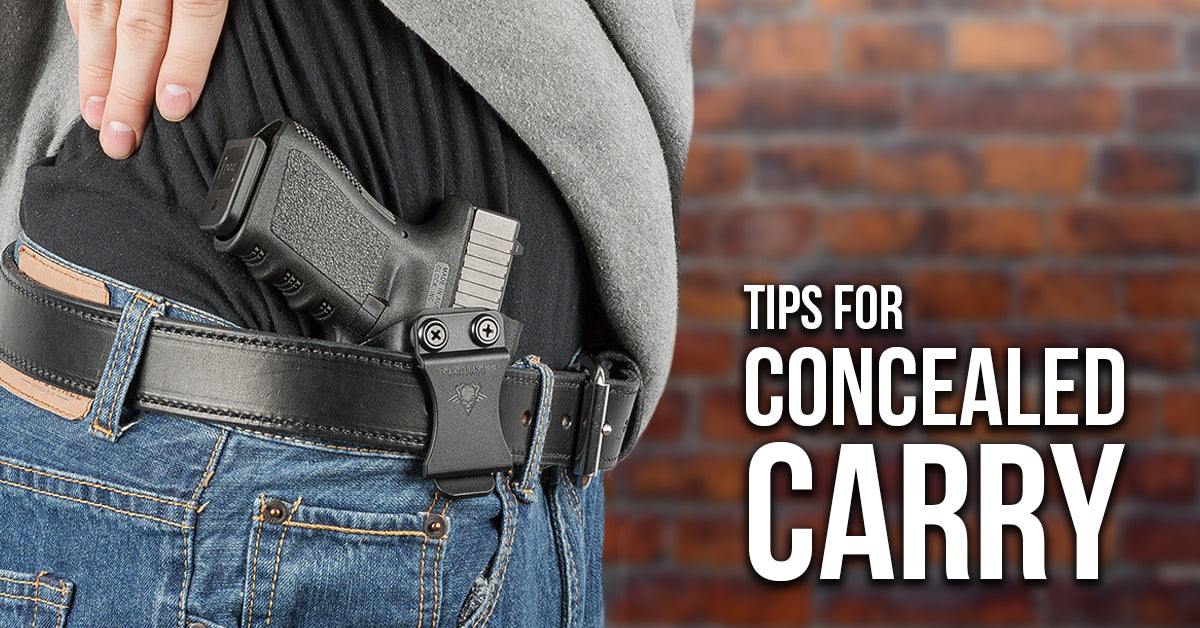
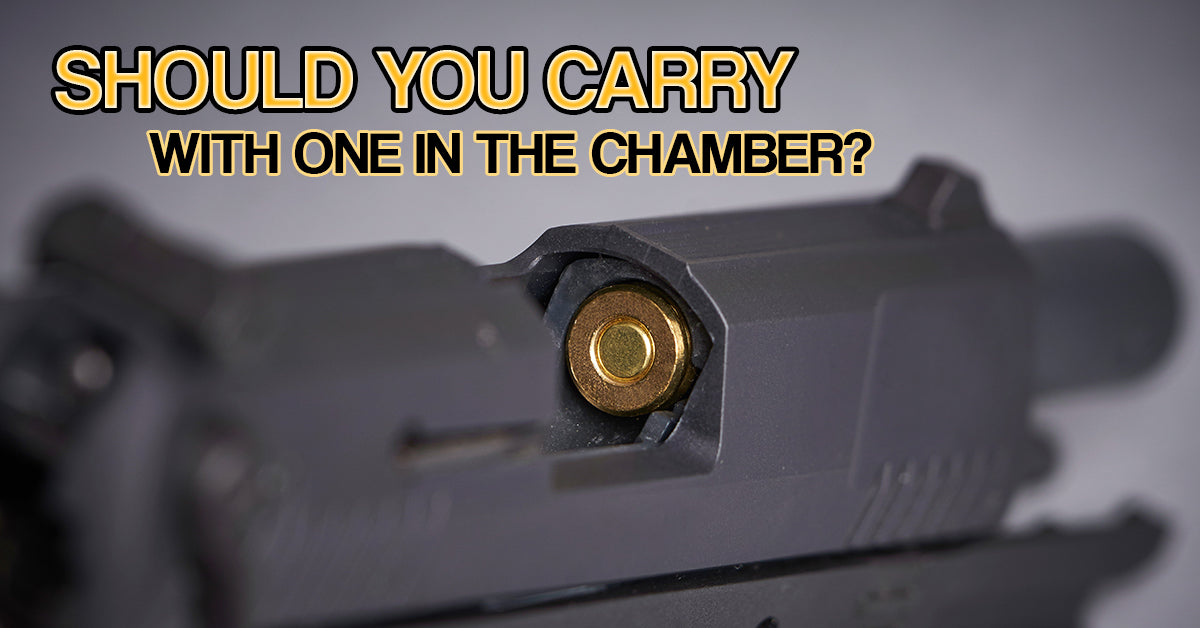

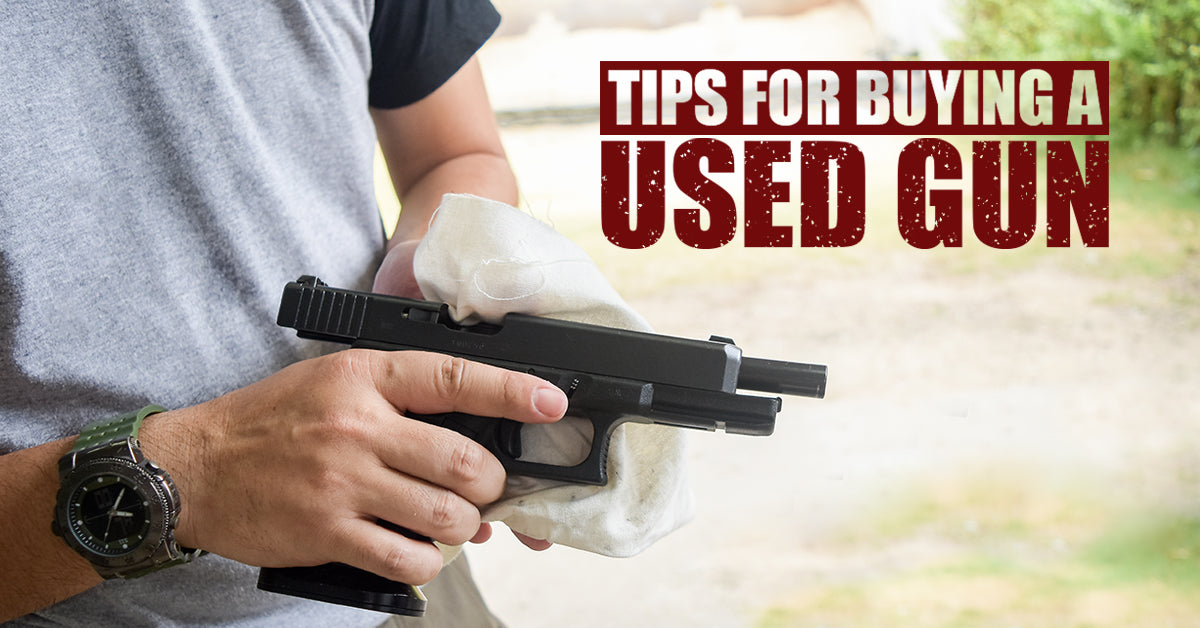
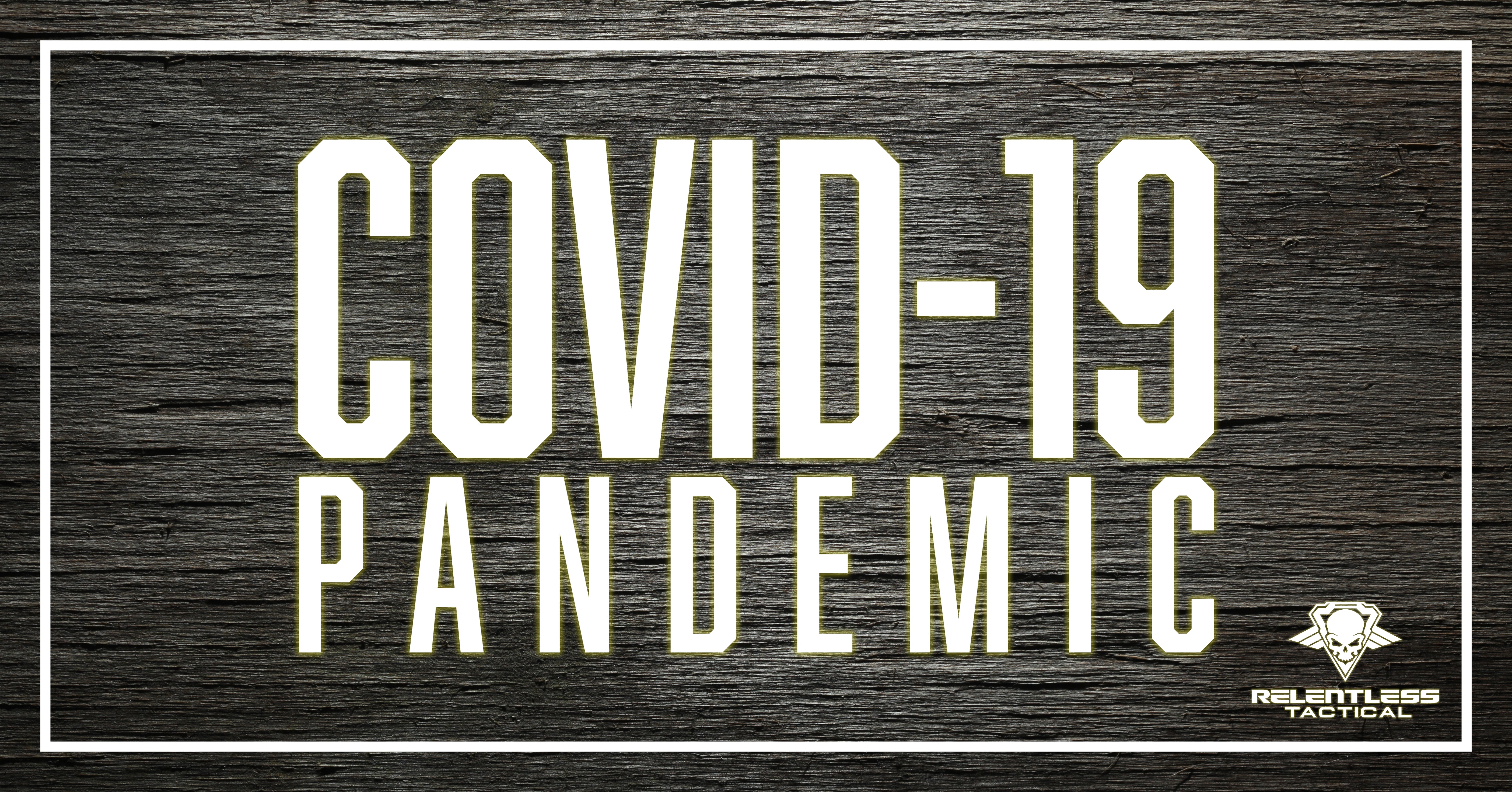
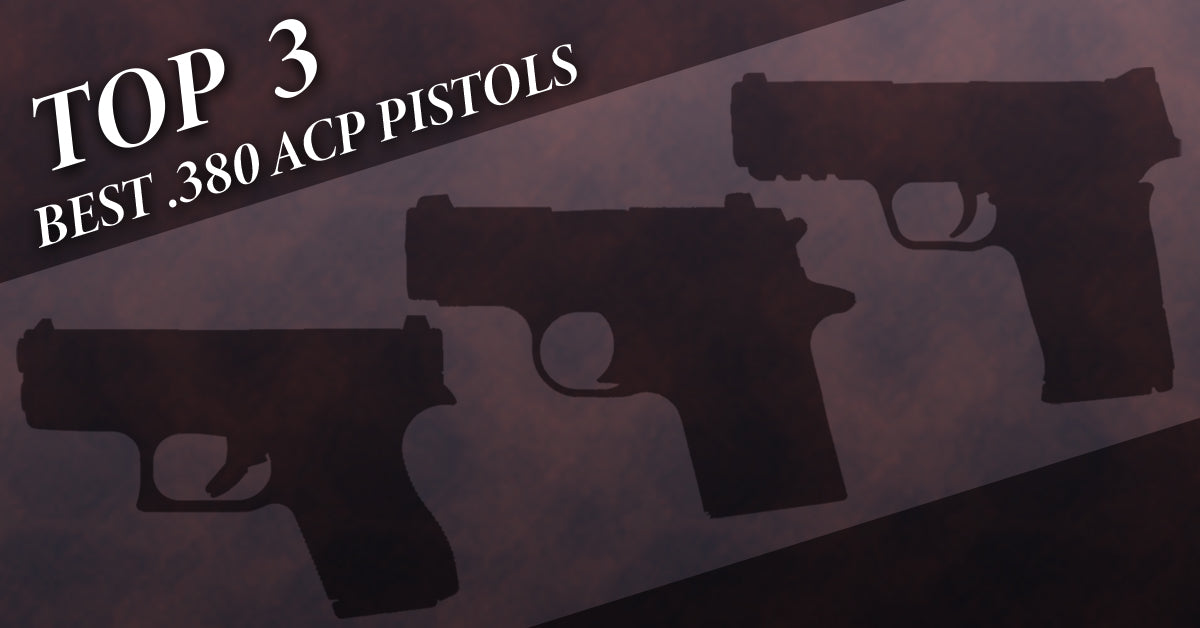
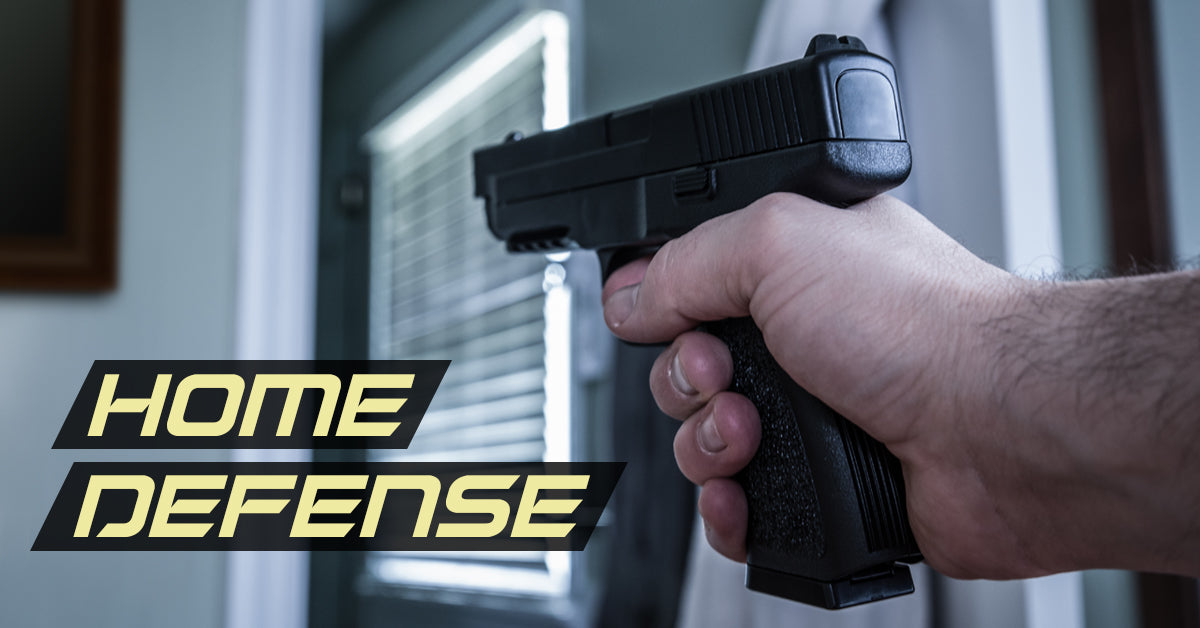
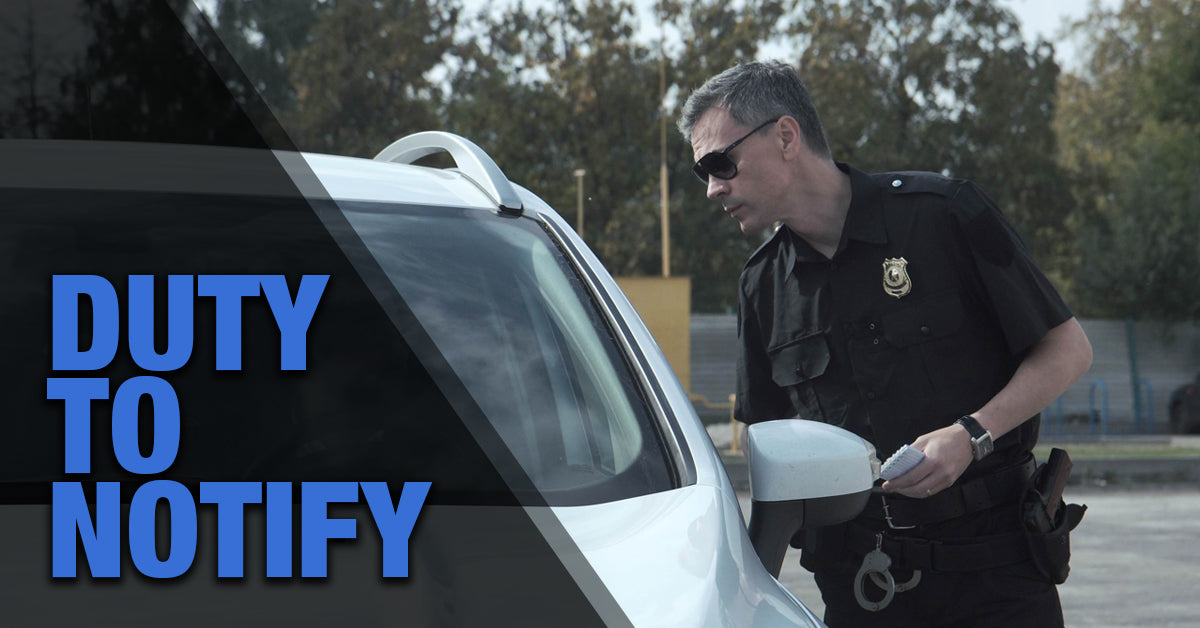
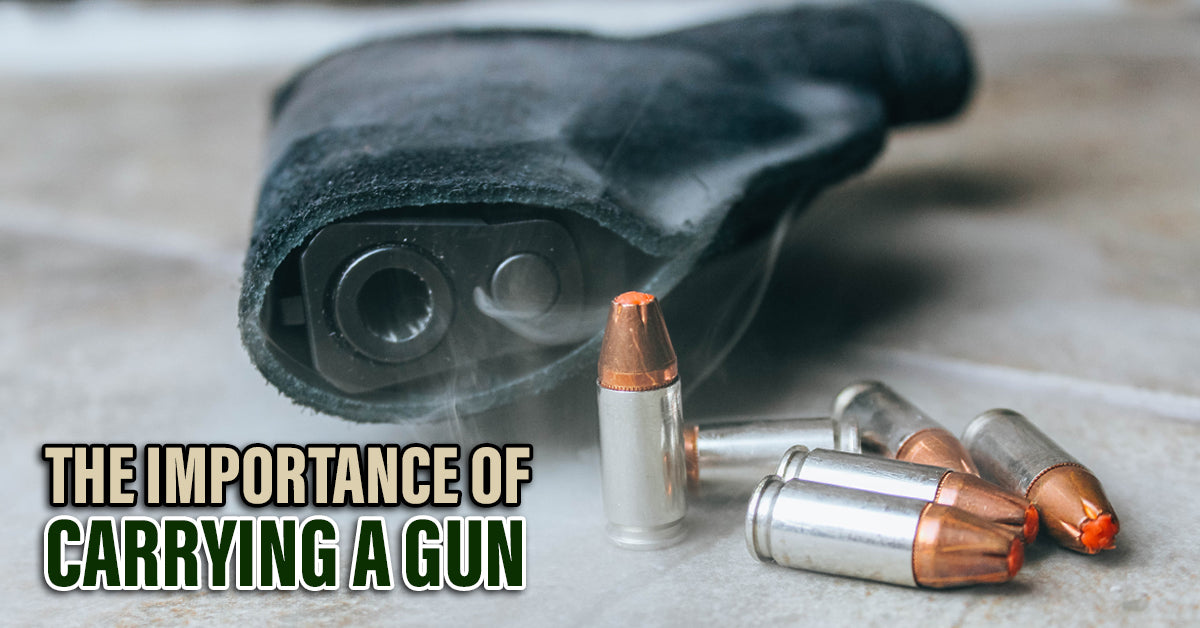
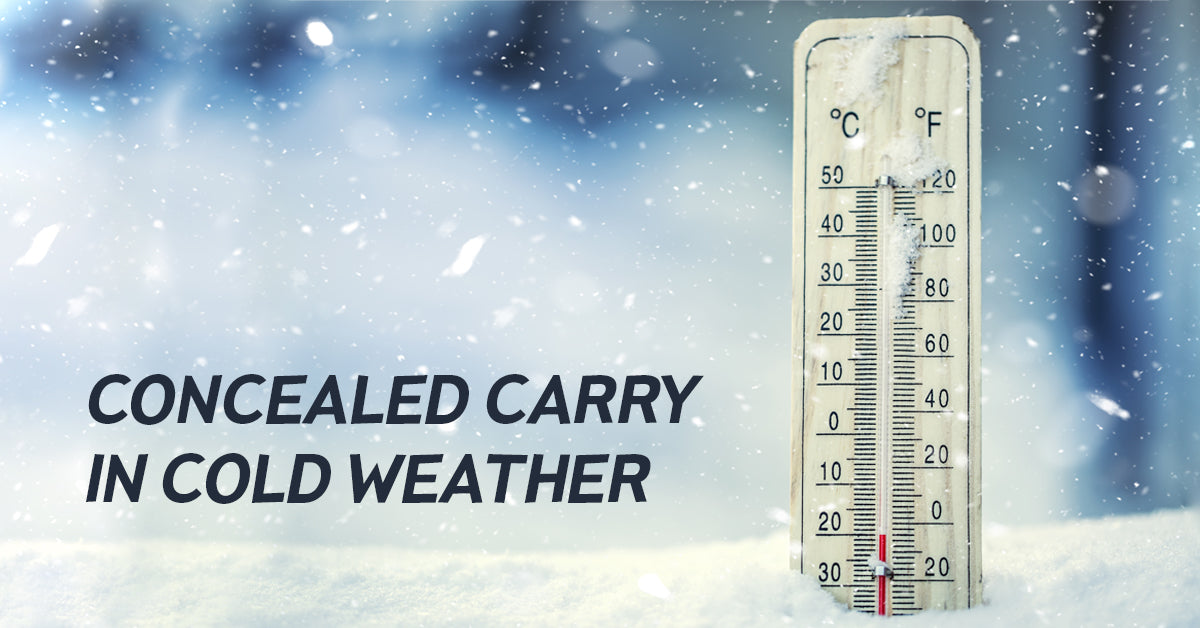

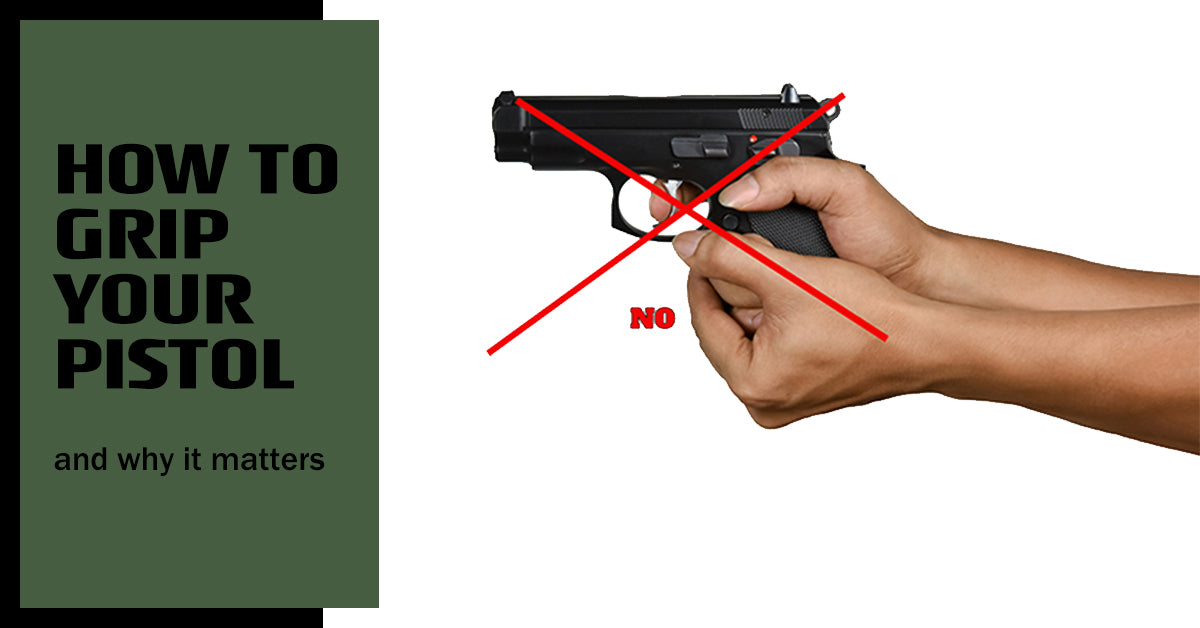
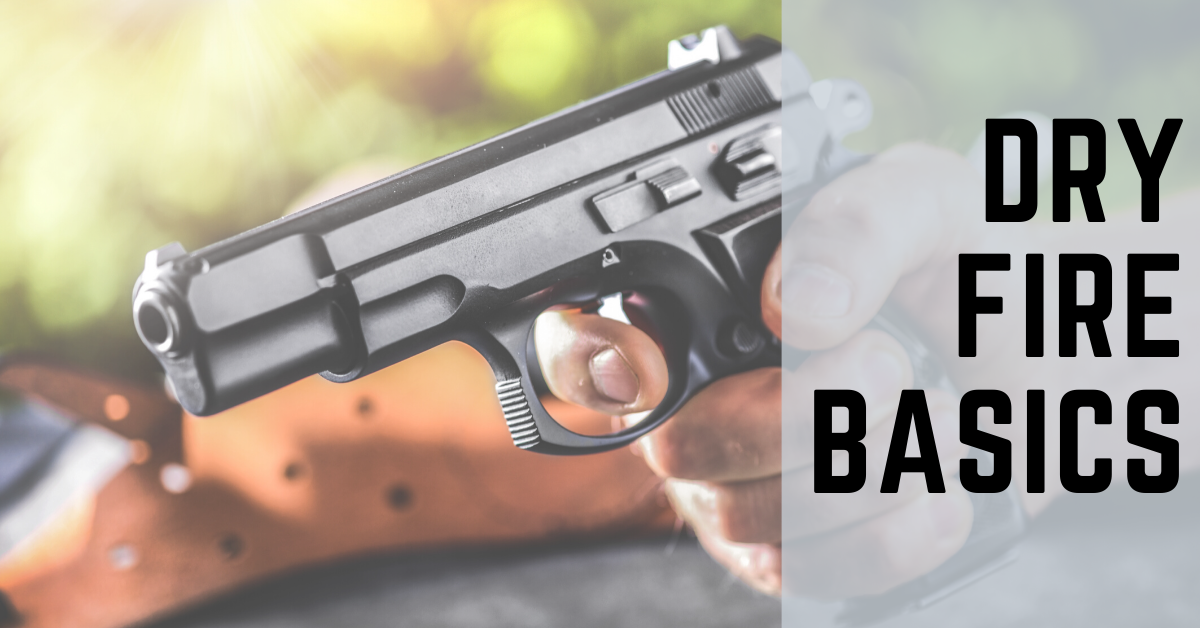
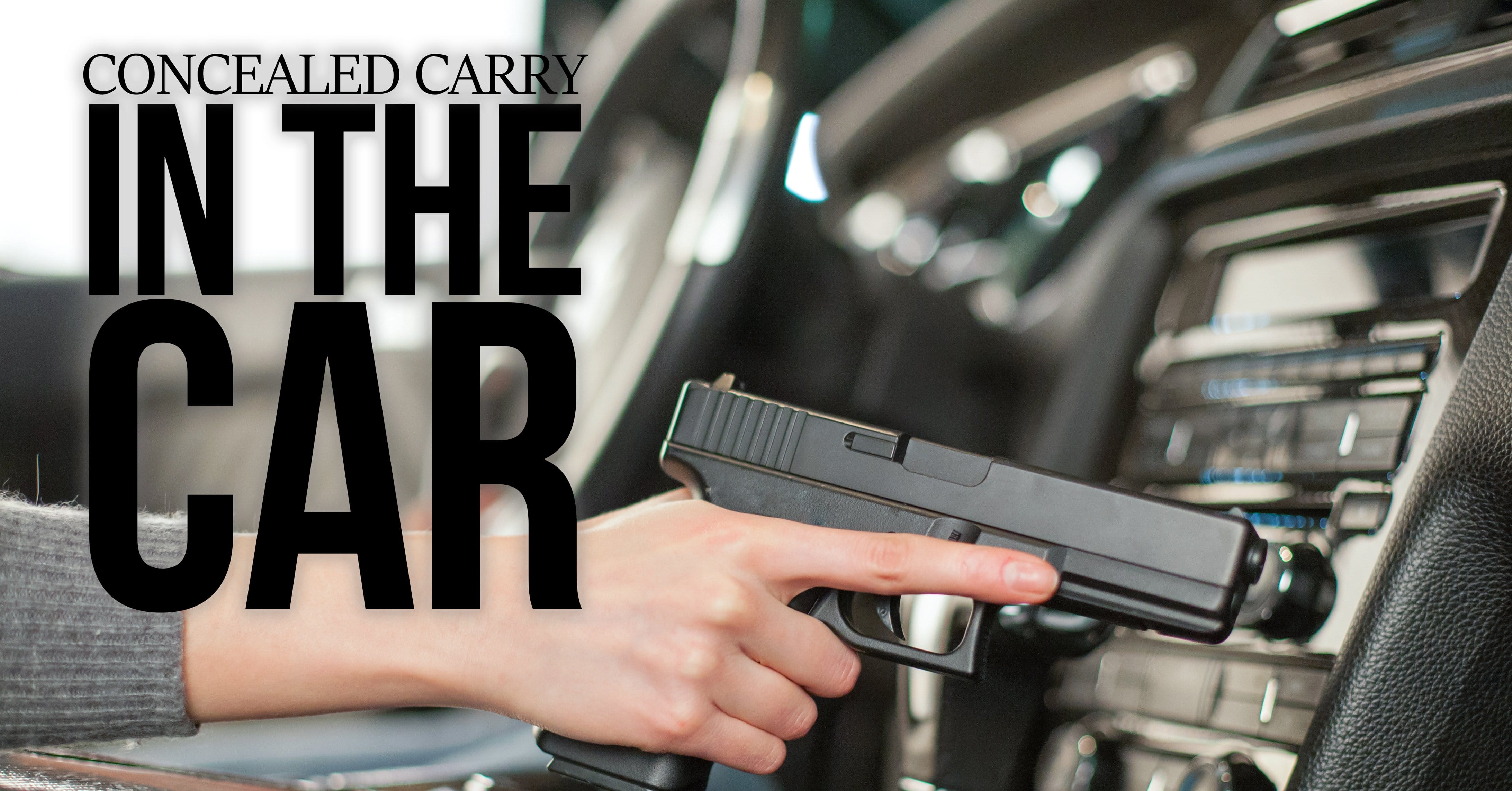
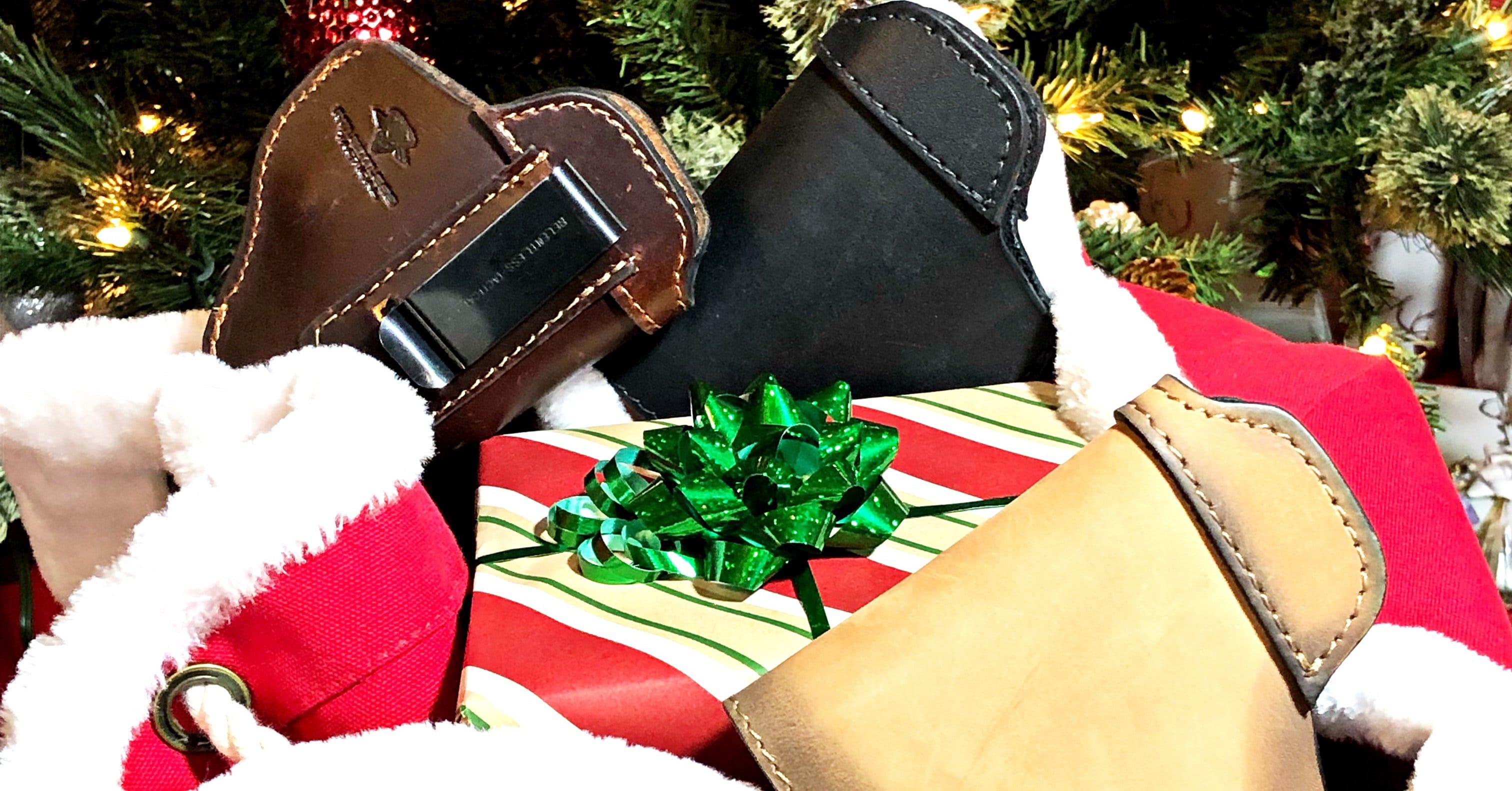
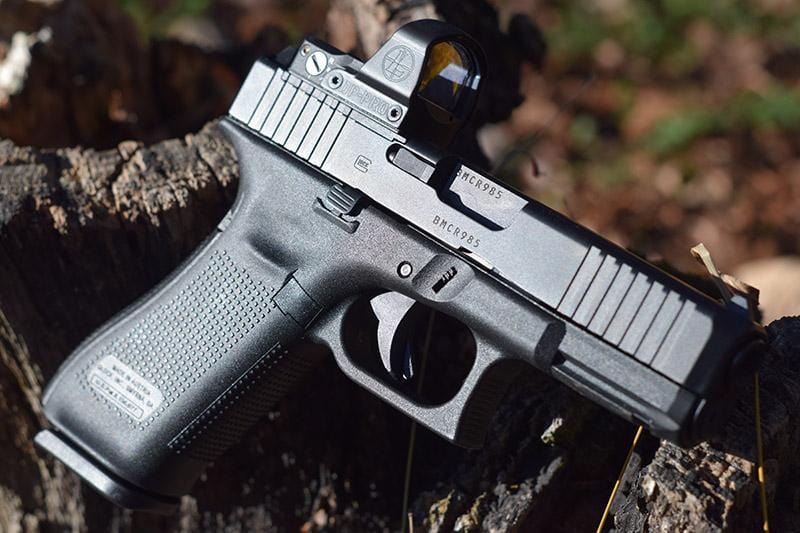

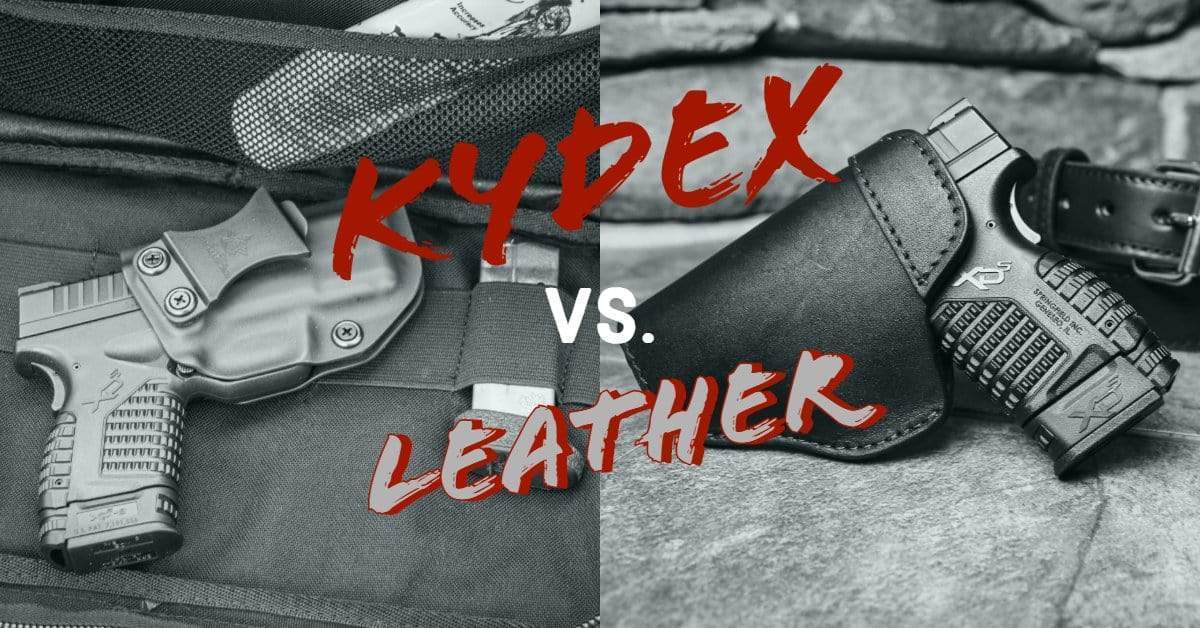



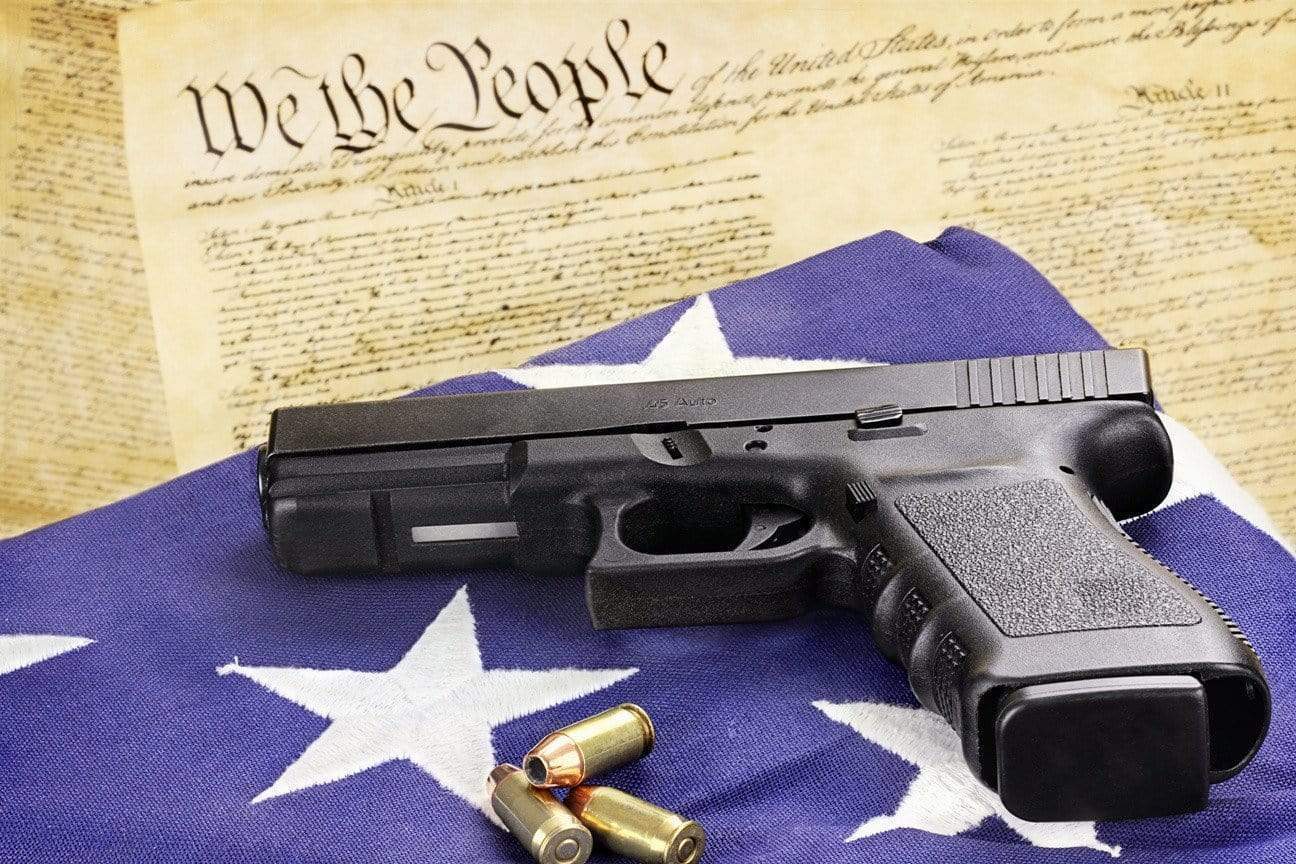
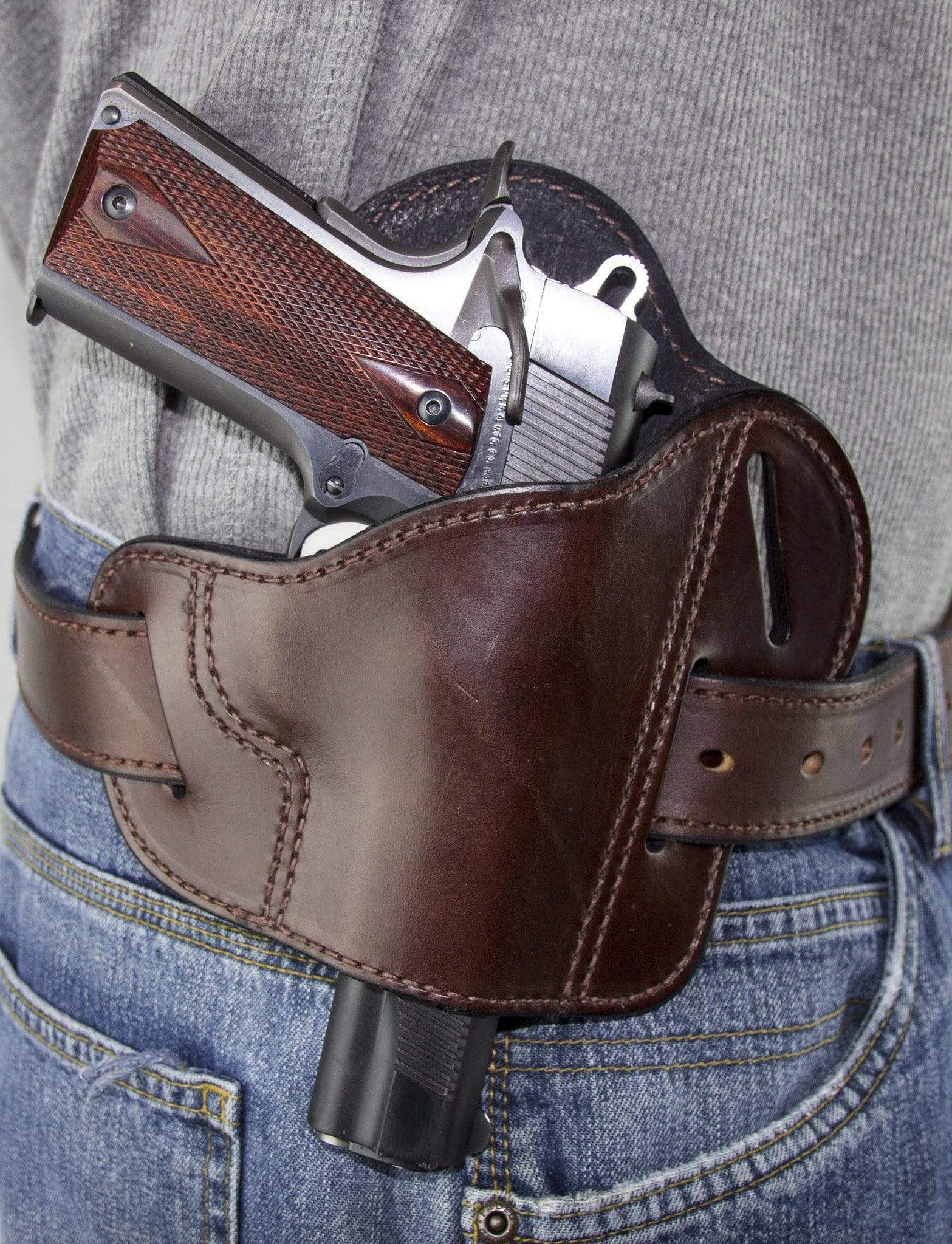

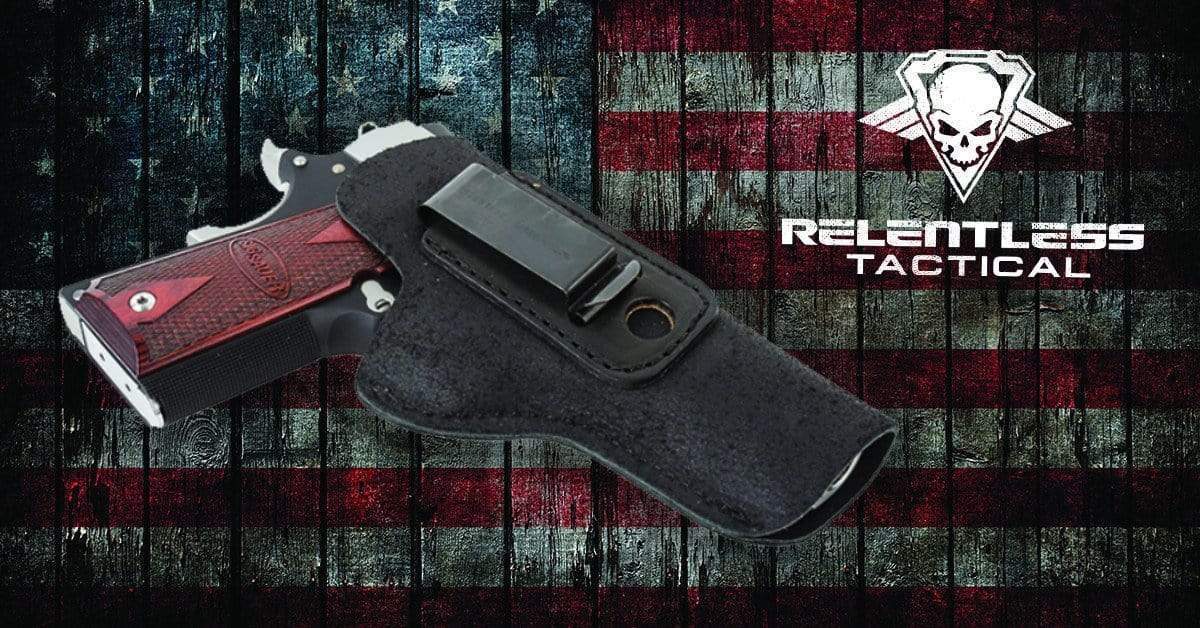
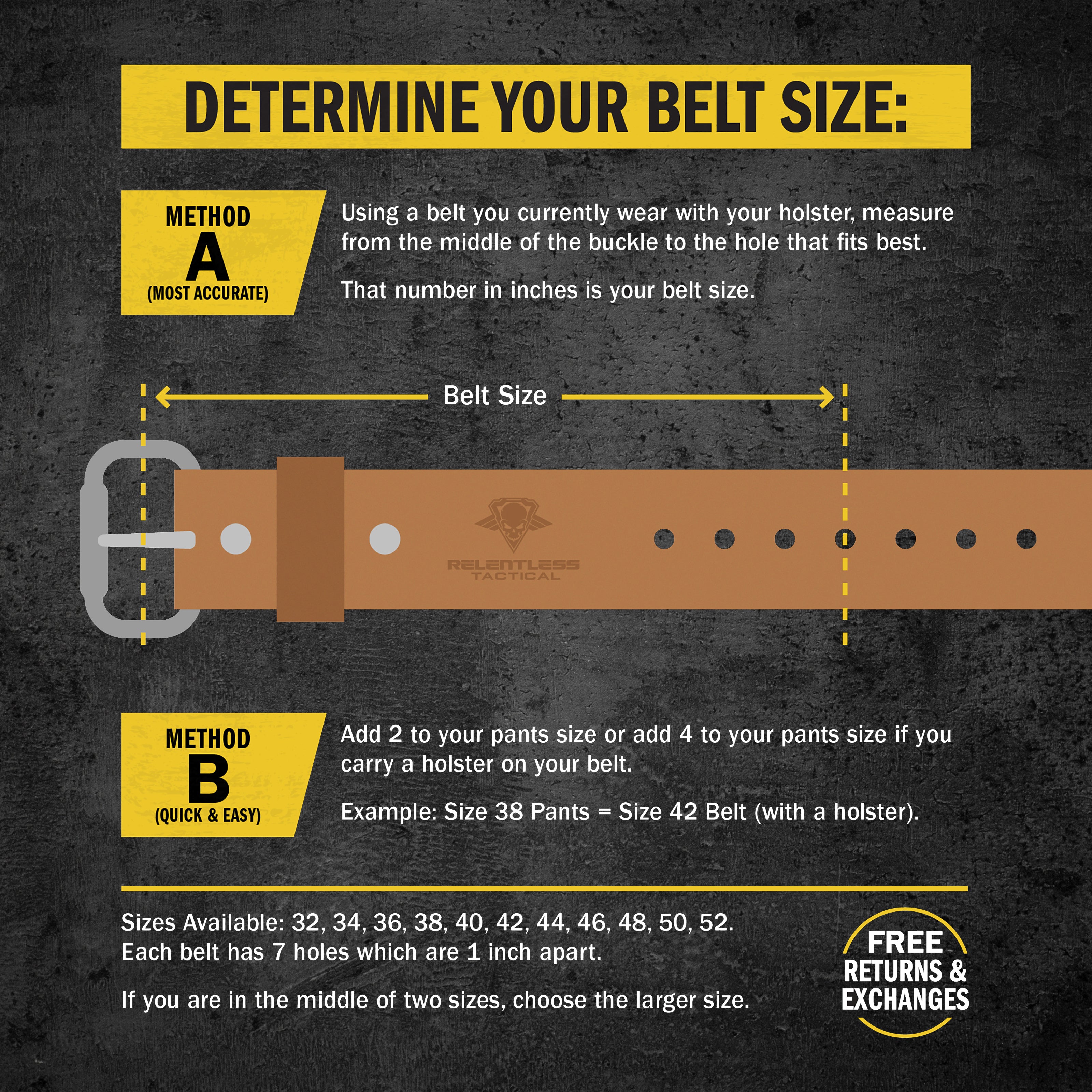
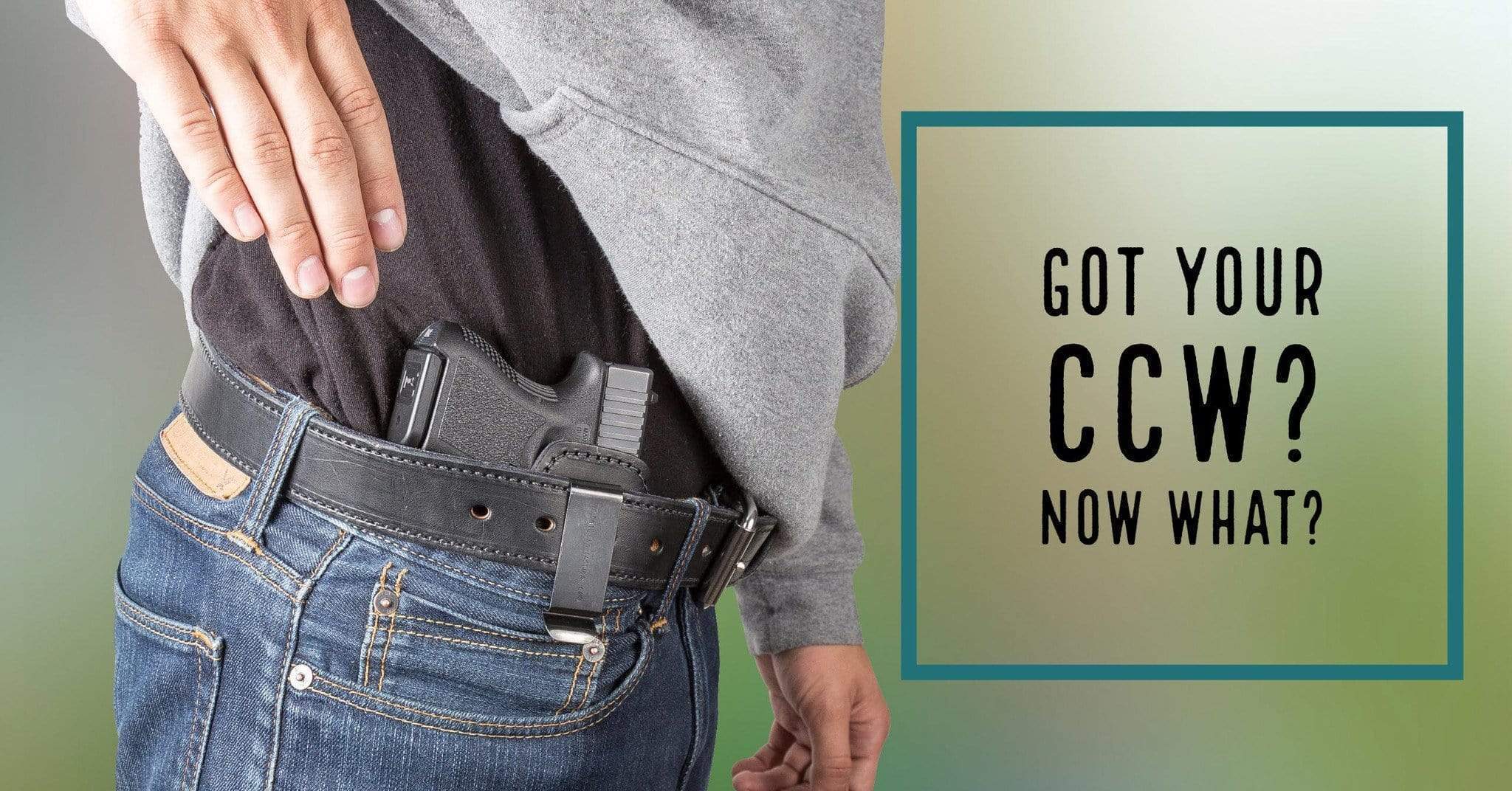
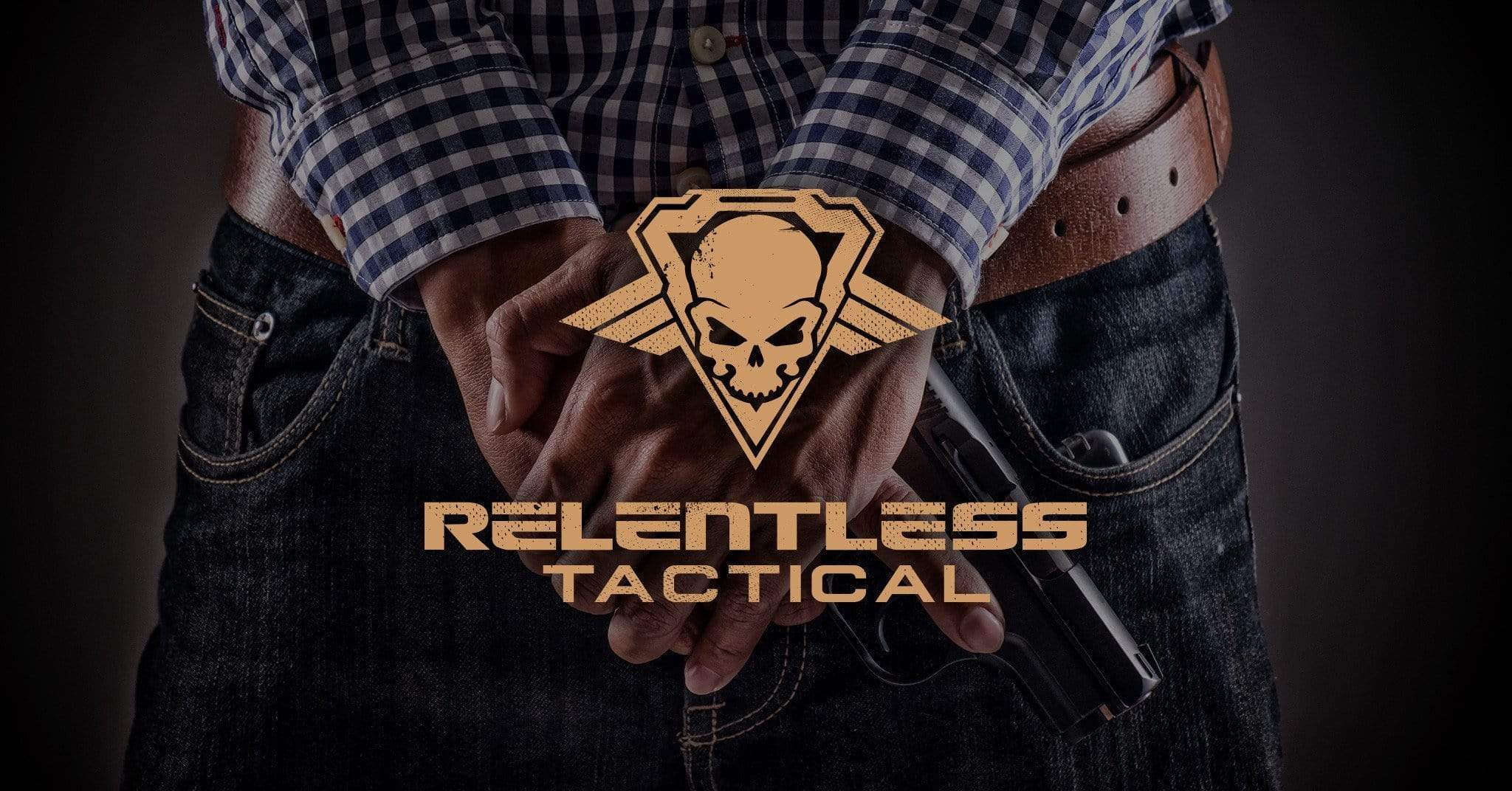
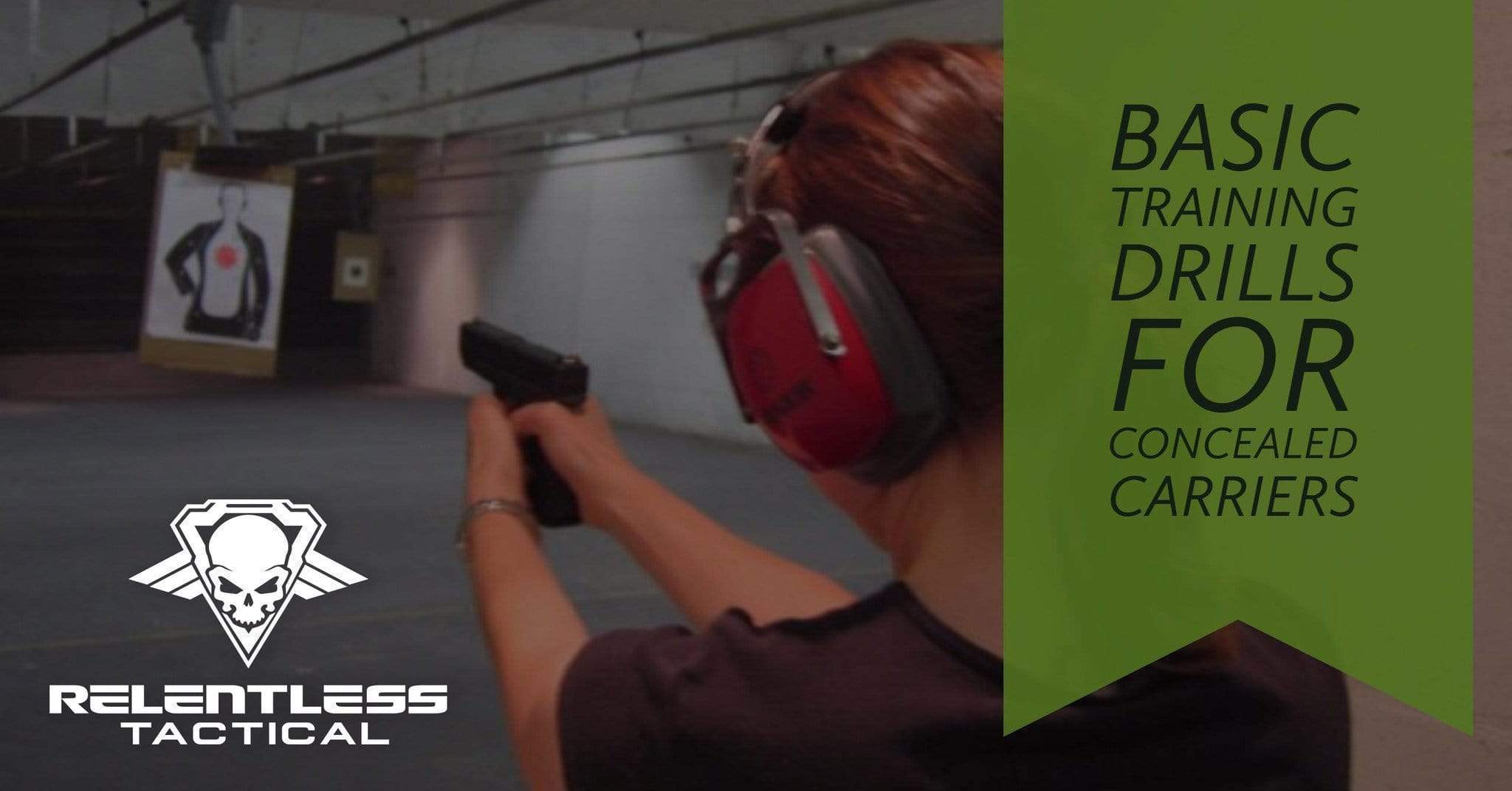


Thank you to waking me up to see idyllic the law